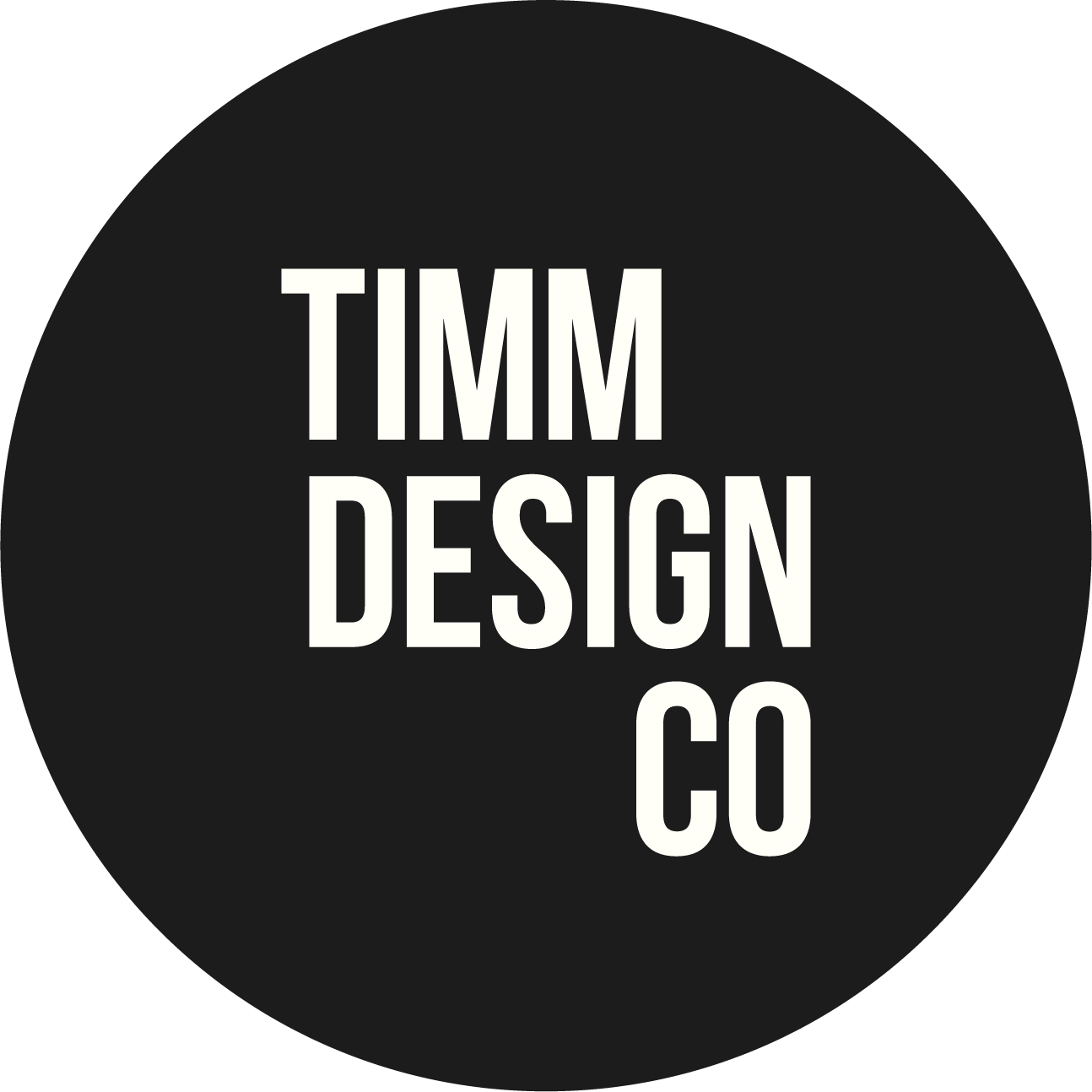Thinking Like Bill Gates
We live in the most connected time in history. We have easy access to people, stories, science, news, art, media, ancient and modern history, perspectives, and people across the globe. We can take that opportunity to experience the world, and our role in it, as a way to expand our understanding and knowledge. The world is a beautiful place with such a variety of people with unique skills, talents, passions, purposes, and experiences. Learning from one another and celebrating those differences is one of the greatest gifts we can give to one another.
Approaching differences with open mindedness allows us to hear and embrace different perspectives that deepen and expand our world view and personal experience in the greater community. However, if we experience different perspectives with a closed mind, it turns our individual belief to steel and we then are filled with righteous judgment.
Outside of living with a closed mind, living in a comparative mindset only sets us up for frustration and a false sense of worth. Whether that would be an elevated or diminished sense of self when compared to others, instead of an honest reflection of the truth of being a very specific part of a whole.
Healthy sense of self and purpose. Where we put our energy depends on how successful we are. If our energy is spent on worrying about doing enough, or longingly looking at how others show up, then we don’t have the energy for the role we are called to play.
While watching “Inside Bill’s Mind”, a documentary about Bill Gates, I was fascinated by how differently we see the world. I was mesmerized by what Bill is passionate about. How he spends his time. What he dreams up for the future. And if I am honest, it left me feeling inadequate. While Bill is concerned with how to eradicate polio from the face of the earth, I was thinking about how design can improve our lives. His work felt like it would impact many, while my work would simply impact only a few.
I started to observe how by comparing what felt like my small life, to his grand one, I began to devalue my work and contribution to my family and community. This left me feeling empty, and truthfully, a little insecure. This can also lead to guilt of not doing enough. Of taking on the whole world's problems as if we are solely responsible for eradicating them. Add that previously mentioned dimension of having constant easy access to global news and that feeling of helplessness, or not doing enough, gets compounded.
C.S. Lewis often spoke about the purpose for each person is to be doing the most good that they can do in their community. That simple. This perspective allows me to focus on what is directly around me. It draws me in and keeps me centered.
“I don’t have any control over what actually happens except for that I have full control over my will for myself, my intention, and why I’m here. That’s all that matters.” - SZA
We can’t control everything. We can actually only control one thing, ourselves. Doing our inner work to value ourselves and our role in community and the world is some of the most important work of our lives.
The Blind Men and the Elephant, is a proverb out of India that speaks to different perspectives and how without all of them, we don’t have a clear and full picture of truth. While each person touched a different part of the elephant, they describe in great detail six very different experiences. All true. All describe the elephant, but they don’t believe it until it is understood they are touching different parts of the animal.
This feels like a strong illustration of what it means to live in our truth and accepting the truth of others that builds a strong and connected community.
Written by: Danielle Tietjen
References: Different perspectives on what folks accomplish in a day
Different folks, different strokes
Each still contribute what they have
We all need each other - and in truth the world needs the differences we each bring
Moral of story - African parable of the elephant - five blind folks are asked to touch the object in front of them and then describe what it is. They each touch a different part of the elephant and come to different conclusions. Each perspective is needed to understand it’s an elephant. None of them were wrong, but none of them were correct without the others.
